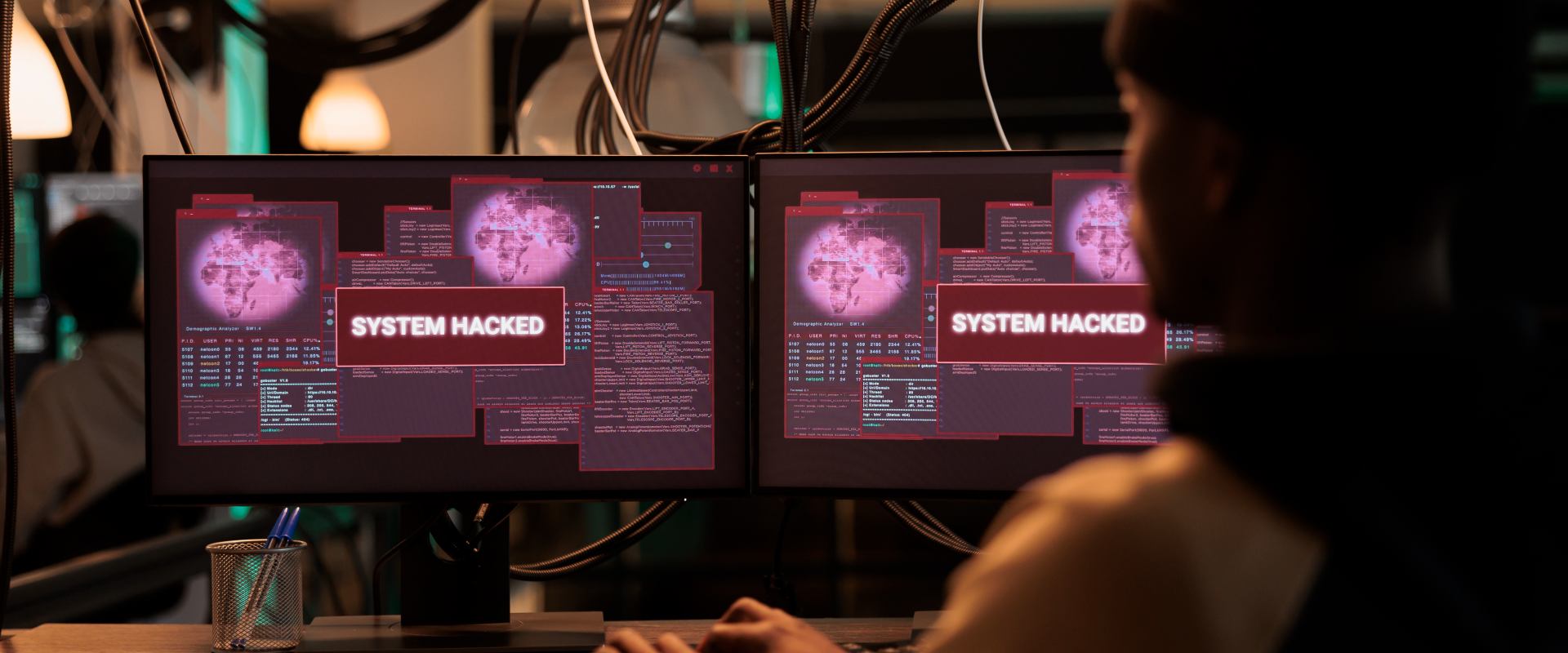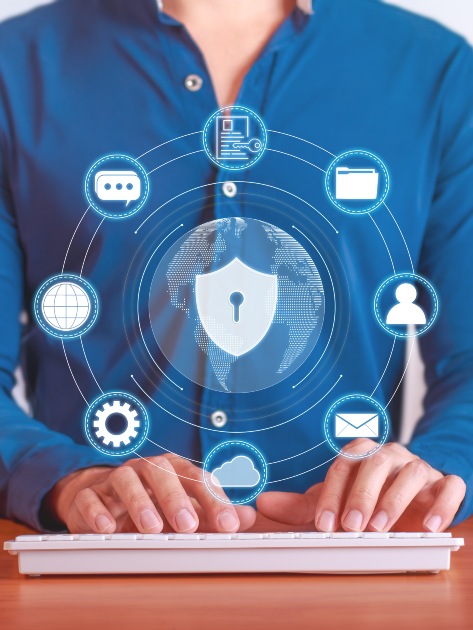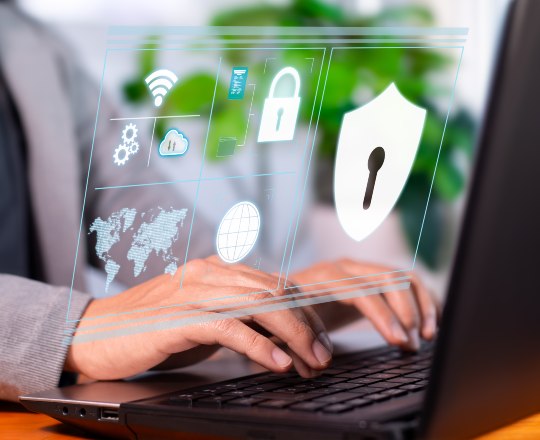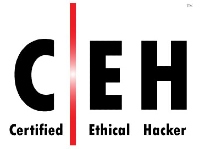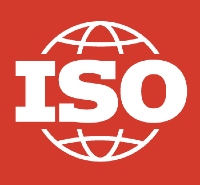NIS2: A New Era in Cybersecurity – Are You Ready?
The rapid pace of digitalization and the growing prevalence of cyberattacks in our daily lives demand that companies adopt a more prepared and conscious approach to cybersecurity. The European Union’s response is the NIS2 Directive, which imposes stricter requirements to protect critical infrastructure and essential services.
This is no longer just an IT issue – compliance is the responsibility of the entire organization. Companies affected by NIS2 must strengthen their defenses not only from a technological but also from an organizational and legal standpoint.
How Can You Prepare for NIS2?
NIS2 is more than another EU regulation – it is a clear expectation: be prepared for cyberattacks, operate secure systems, and respond swiftly to incidents. Preparation is not just a matter of technology – compliance must be ensured at organizational, legal, and process levels as well.
